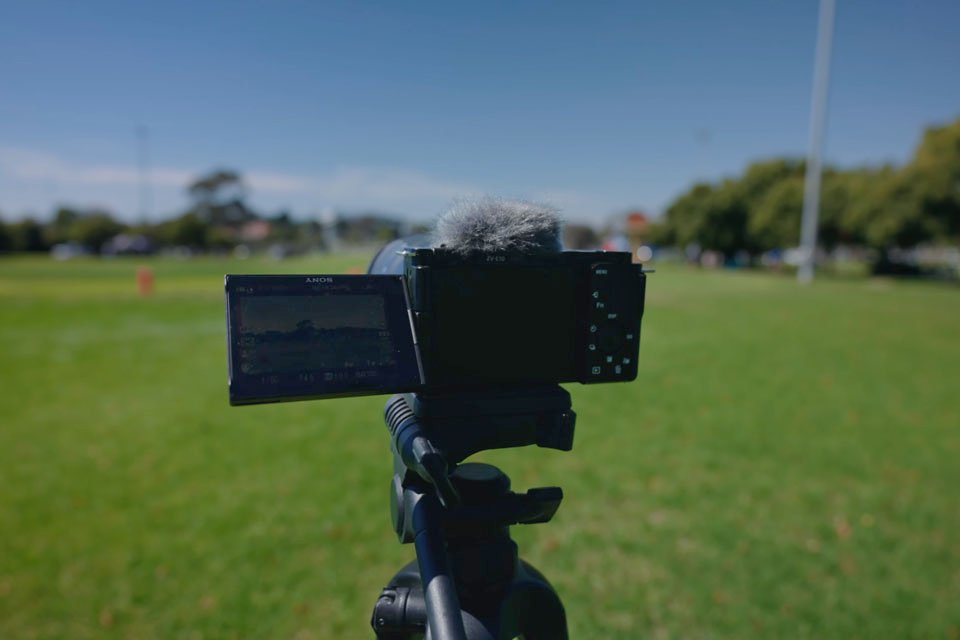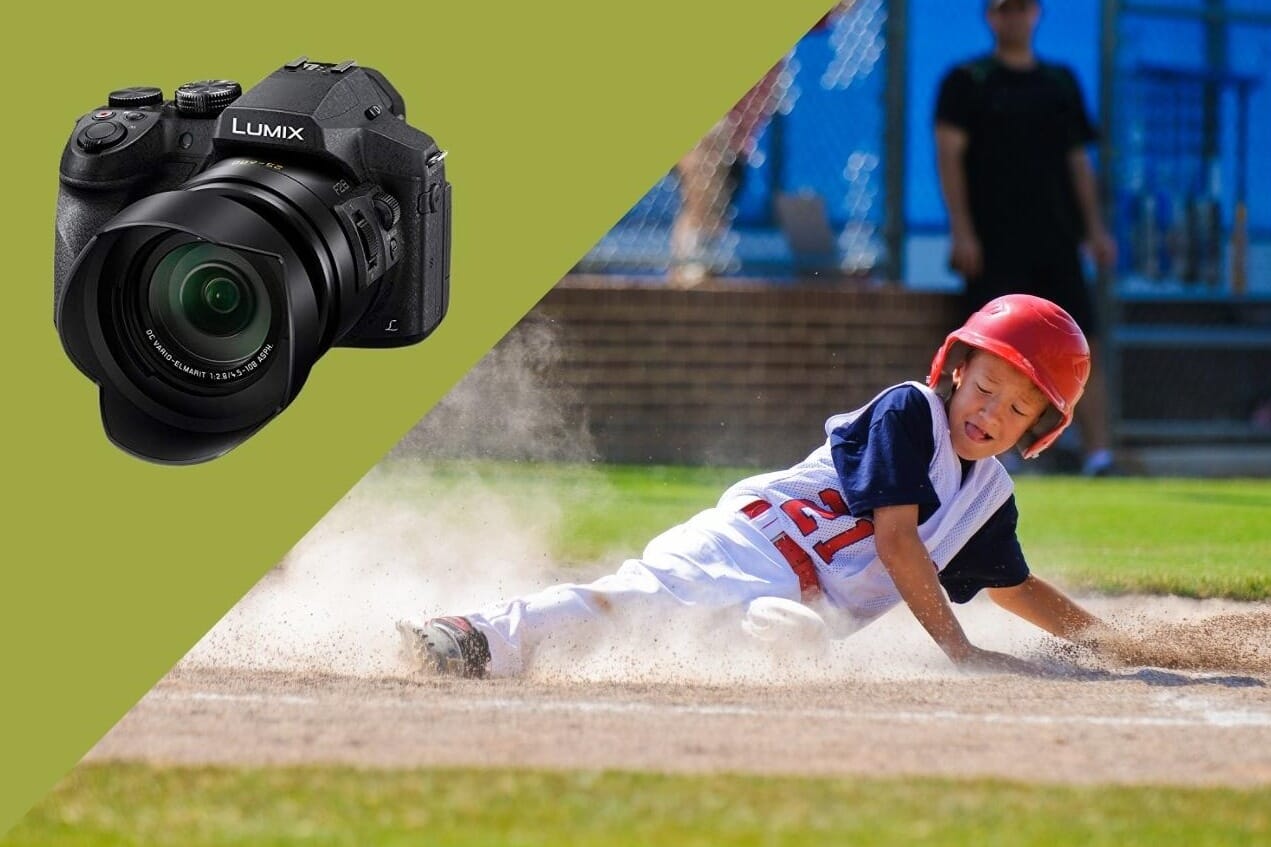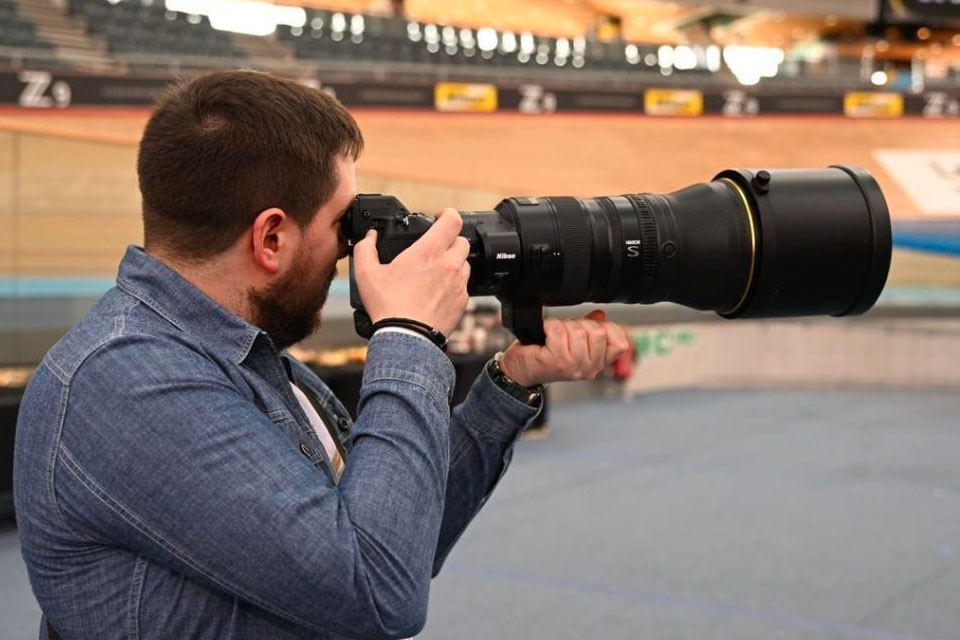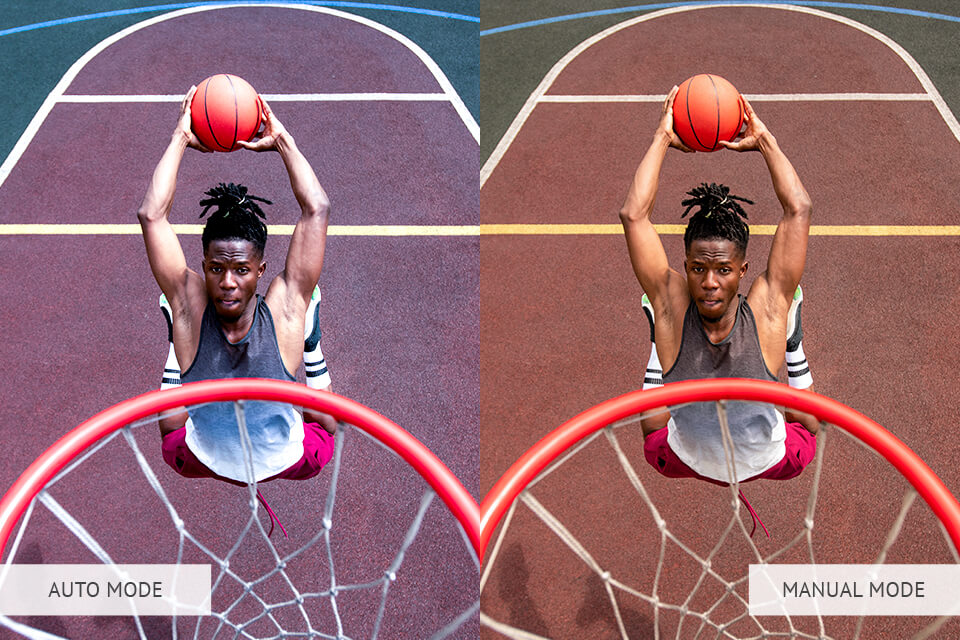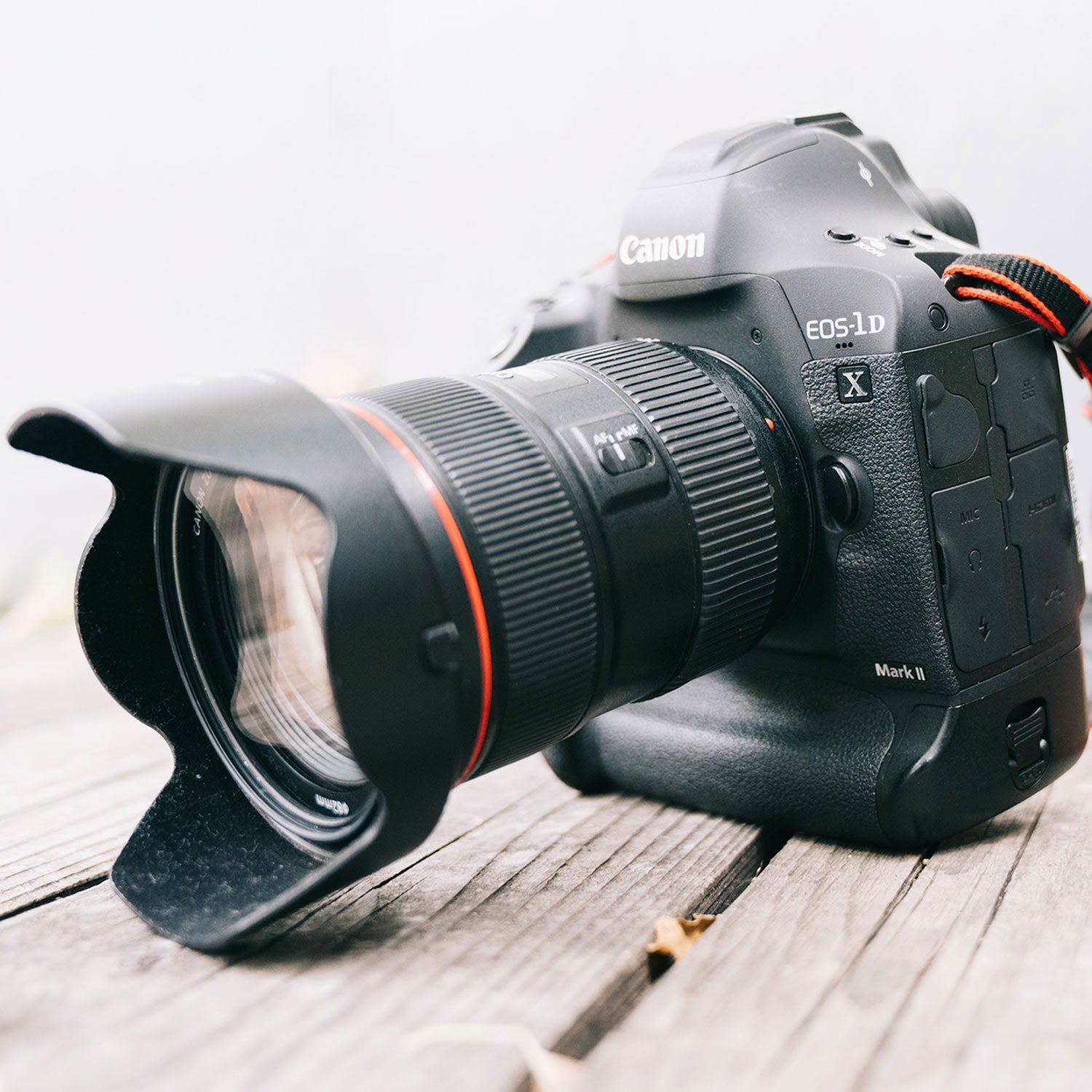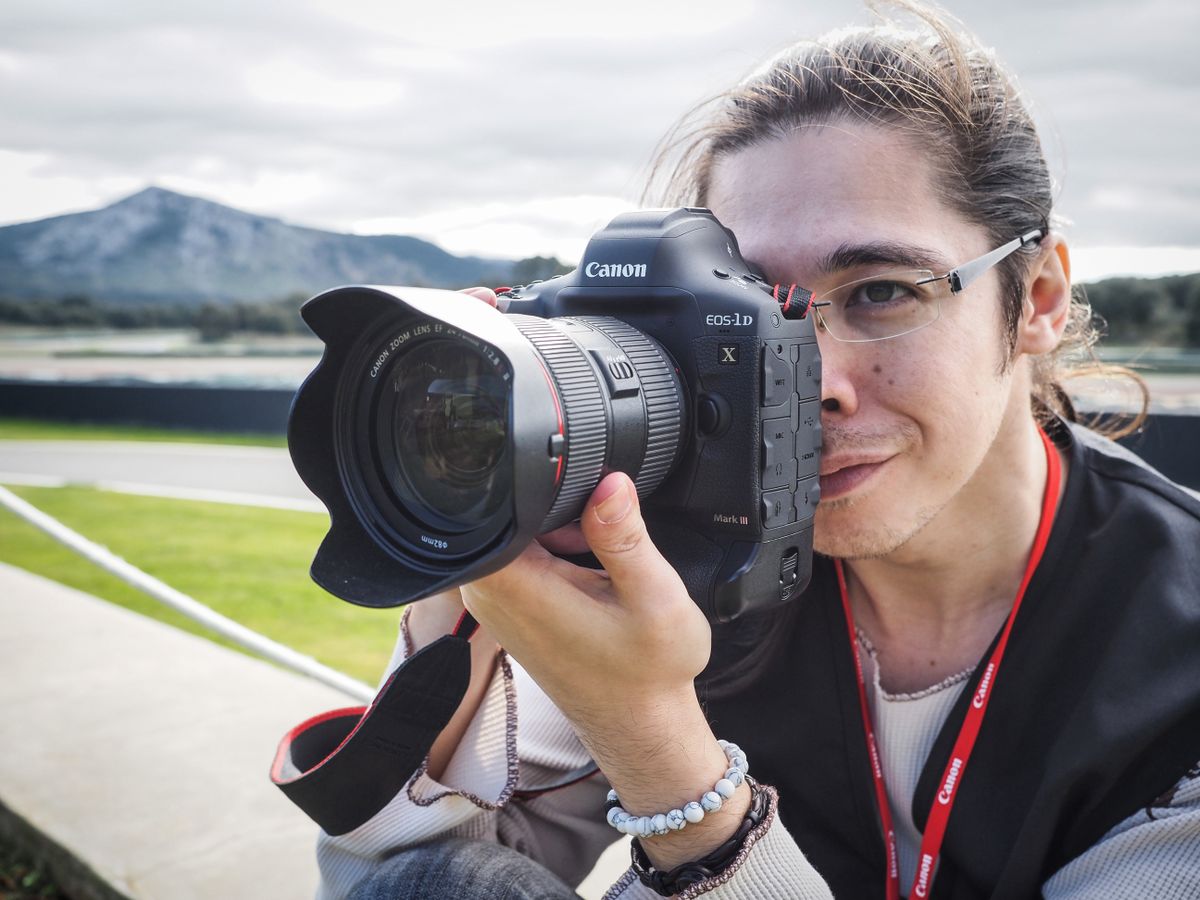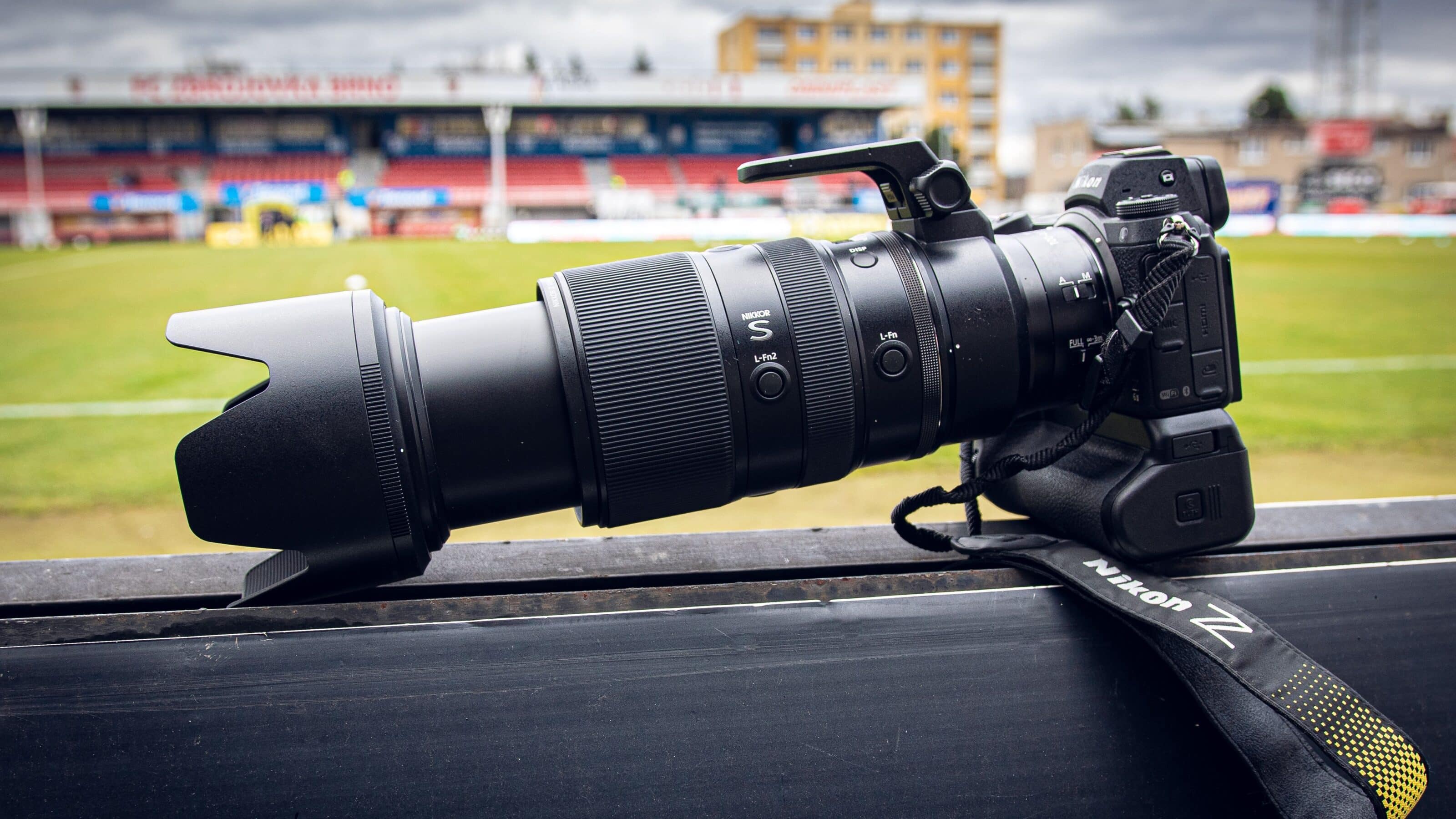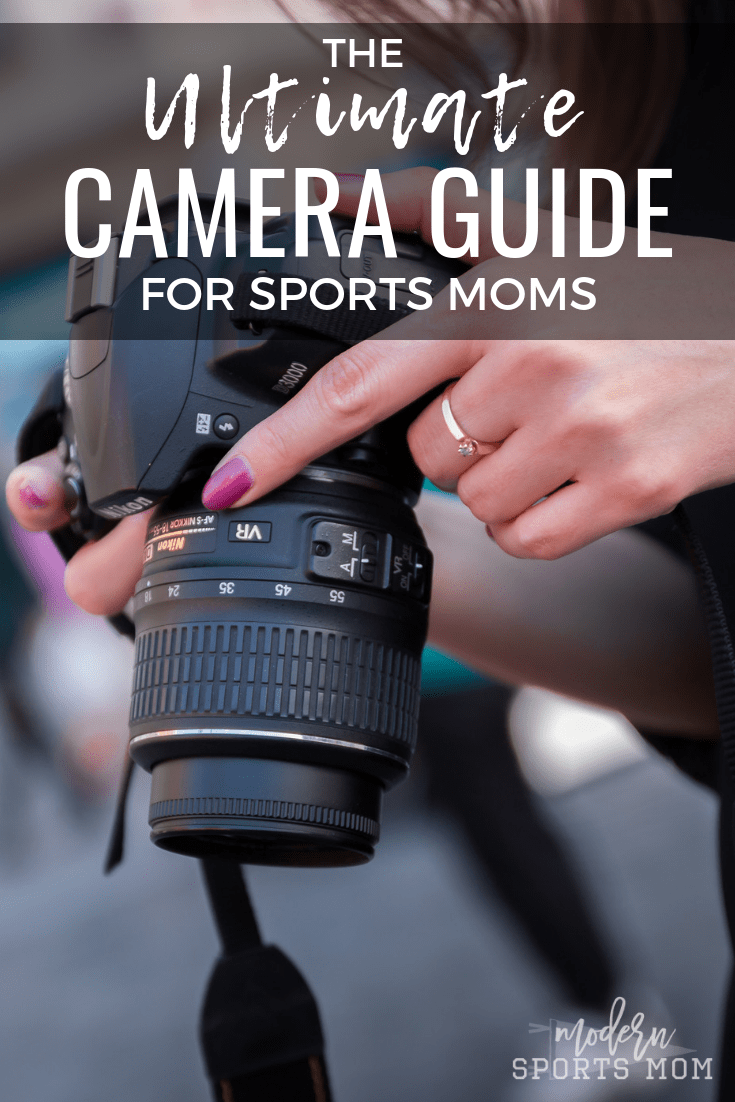Best Camera To Take Sports Action Shots

Capturing the adrenaline, speed, and intensity of sports requires a camera that can keep up. This guide helps value-conscious shoppers find the best camera for sports action shots without breaking the bank. Let's dive in and explore some top contenders, focusing on features that matter most for capturing those fleeting, decisive moments.
Why a Dedicated Camera Matters for Sports Photography
While smartphone cameras have improved dramatically, they often fall short in challenging sports scenarios. Fast autofocus, high burst shooting rates, and excellent low-light performance are crucial for capturing crisp, well-exposed images. These are areas where dedicated cameras excel, allowing you to freeze the action and tell the story of the game.
Shortlist of Recommended Cameras
Here's a quick look at cameras tailored to different budgets and skill levels:
- Entry-Level: Sony Alpha a6000
- Mid-Range: Olympus OM-D E-M10 Mark IV
- High-End: Sony Alpha a7 III (Used)
Detailed Reviews
Sony Alpha a6000
The Sony Alpha a6000 is a fantastic entry-level option for sports photography, offering a compelling blend of performance and affordability. It boasts a fast hybrid autofocus system and a respectable 11 frames per second (fps) burst shooting rate. Its compact size makes it easy to carry around, and its image quality is impressive for its price point.
However, its sensor is not stabilized, meaning that you will need to increase your ISO speed or use a lens with image stabilization in less than ideal conditions. Also, if you plan to shoot video, it's important to note that it maxes out at 1080p.
Olympus OM-D E-M10 Mark IV
The Olympus OM-D E-M10 Mark IV is a stylish and capable mirrorless camera, perfect for photographers who value portability and ease of use. Its in-body image stabilization (IBIS) system is a major advantage, allowing for sharper images in low light and smoother video recording. It offers a decent burst shooting rate and a reliable autofocus system.
Its Micro Four Thirds sensor is smaller than APS-C sensors, which can impact low-light performance and depth of field. Nevertheless, it offers excellent image quality and value for its price point. The E-M10 IV is well suited for enthusiasts looking for a lightweight and versatile option.
Sony Alpha a7 III (Used)
Stepping up to a full-frame sensor unlocks significantly better image quality, especially in low light. A used Sony Alpha a7 III can be a surprisingly affordable way to achieve this, offering incredible performance. Its autofocus system is renowned for its speed and accuracy, and it boasts a high burst shooting rate.
Do note that purchasing used may involve risks. Inspect the camera carefully and check the shutter count before buying. Also, it may require additional investment in full-frame lenses, which tend to be more expensive.
Side-by-Side Specs Table
| Feature | Sony Alpha a6000 | Olympus OM-D E-M10 Mark IV | Sony Alpha a7 III (Used) |
|---|---|---|---|
| Sensor Size | APS-C | Micro Four Thirds | Full-Frame |
| Autofocus System | Hybrid AF | Contrast/Phase Detect AF | Hybrid AF |
| Burst Shooting | 11 fps | 8.7 fps | 10 fps |
| Image Stabilization | No | Yes (IBIS) | Yes (IBIS) |
| Low-Light Performance | Good | Average | Excellent |
| Video Recording | 1080p | 4K | 4K |
| Durability | Average | Average | Above Average |
Performance Scores
These scores are based on factors such as autofocus speed, burst rate, image quality, and low-light performance, rated on a scale of 1 to 5 (5 being the best).
| Criteria | Sony Alpha a6000 | Olympus OM-D E-M10 Mark IV | Sony Alpha a7 III (Used) |
|---|---|---|---|
| Autofocus Speed | 4 | 3.5 | 5 |
| Burst Rate | 4 | 3 | 4 |
| Image Quality | 4 | 3.5 | 5 |
| Low-Light Performance | 3.5 | 3 | 5 |
| Durability | 3 | 3 | 4 |
| Value for Money | 5 | 4 | 4 |
Practical Considerations
Beyond the camera body, consider the lens. A telephoto lens with a fast aperture (e.g., f/2.8 or faster) is essential for sports photography. Battery life is also critical; consider purchasing extra batteries. Remember to factor in the cost of memory cards with high write speeds.
Summary
Choosing the best camera for sports photography on a budget requires careful consideration. The Sony Alpha a6000 offers a great entry point with its fast autofocus and burst shooting. The Olympus OM-D E-M10 Mark IV provides in-body image stabilization and a user-friendly experience. A used Sony Alpha a7 III unlocks full-frame image quality at a potentially accessible price. Assess your needs, budget, and desired level of performance before making your decision.
Call to Action
Ready to capture stunning sports action shots? Research these cameras further, compare prices, and read user reviews. Visit your local camera store or browse online retailers to find the perfect camera for your needs. Start capturing those incredible moments today!
Frequently Asked Questions (FAQ)
Q: What is the most important feature for sports photography?
A: Fast autofocus is crucial for capturing sharp images of moving subjects.
Q: Do I need a full-frame camera for sports photography?
A: While a full-frame sensor offers better low-light performance and image quality, it is not essential. APS-C cameras can also deliver excellent results.
Q: What lens should I use for sports photography?
A: A telephoto lens with a fast aperture (e.g., 70-200mm f/2.8 or longer) is ideal for sports photography.
Q: Is image stabilization necessary for sports photography?
A: Image stabilization is helpful, especially in low light, but it's not always essential if you're shooting in bright conditions with fast shutter speeds. However, IBIS is useful for video.
